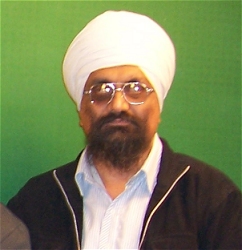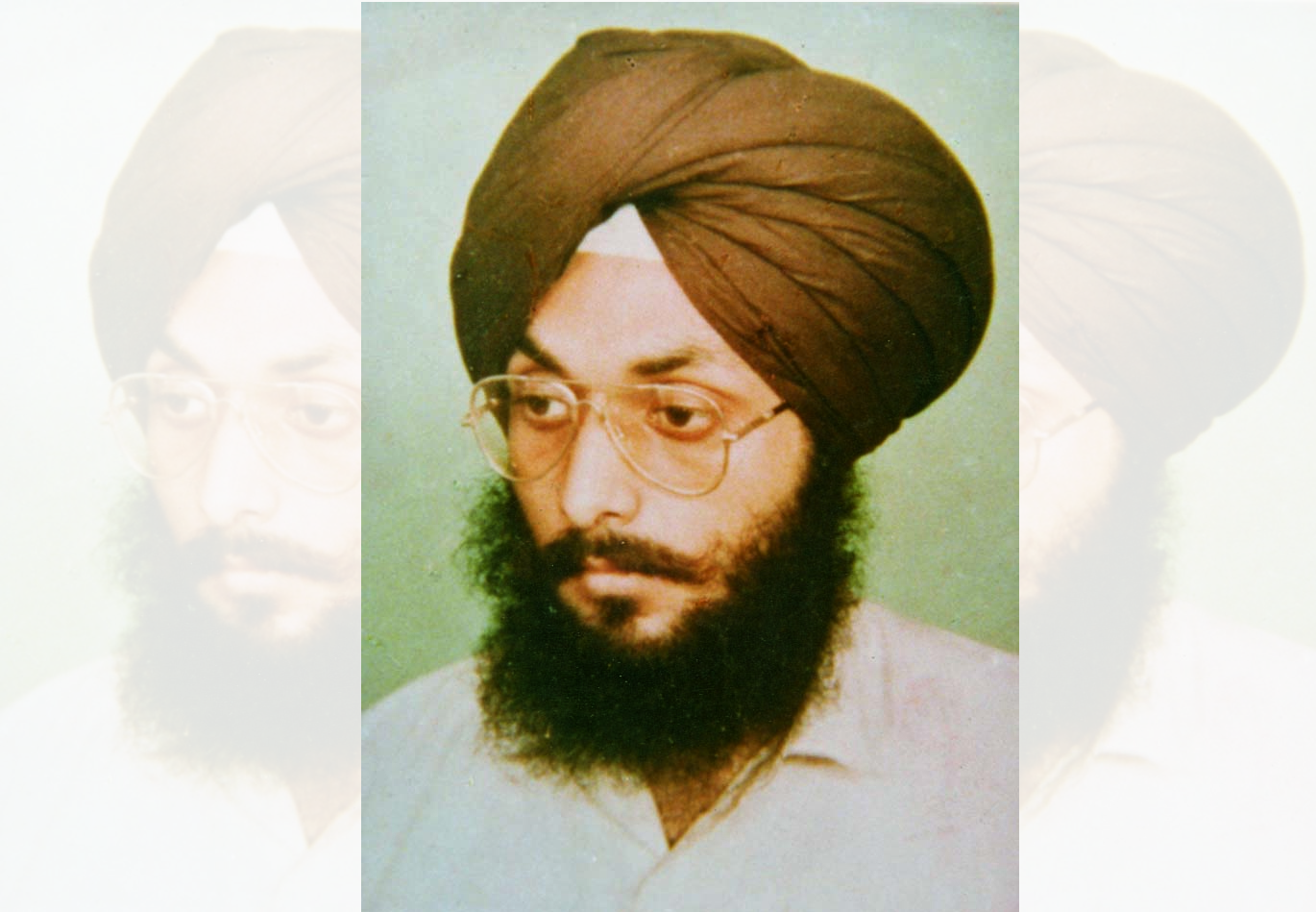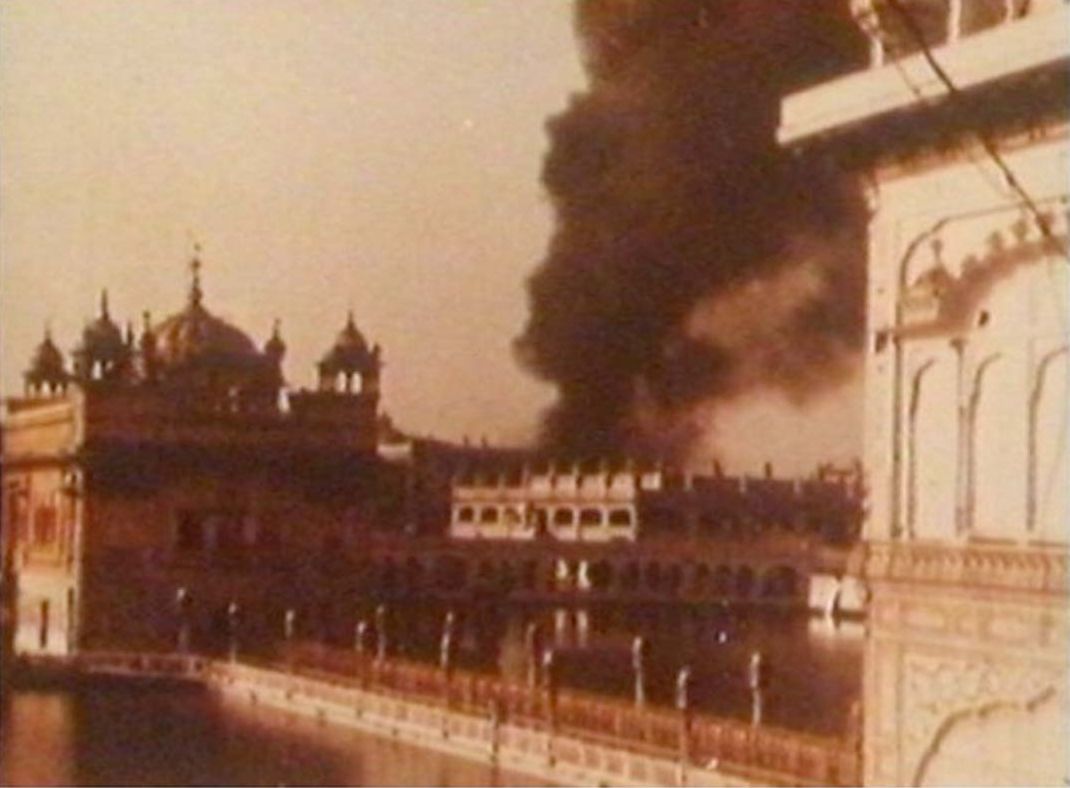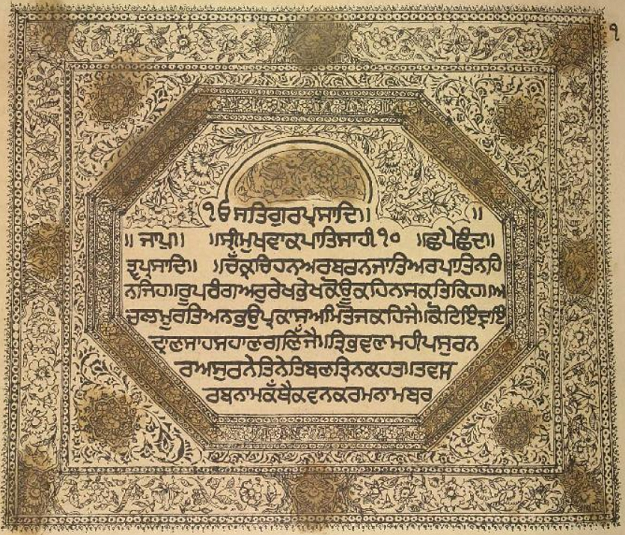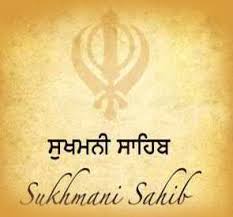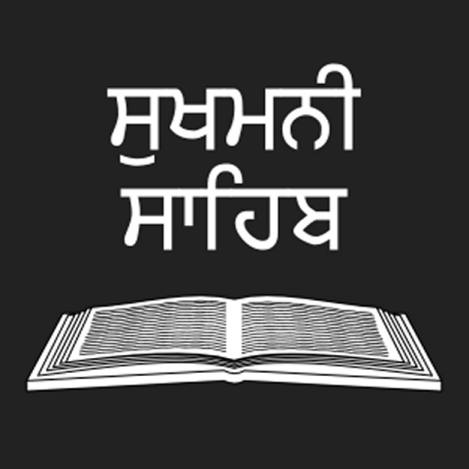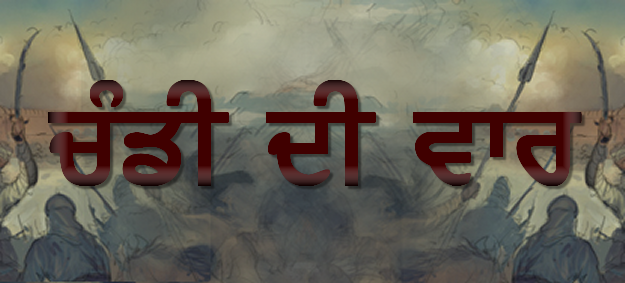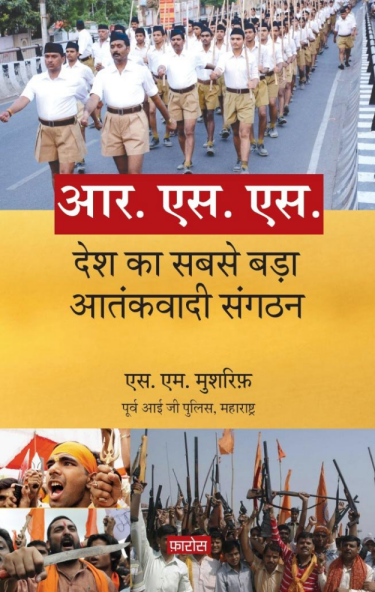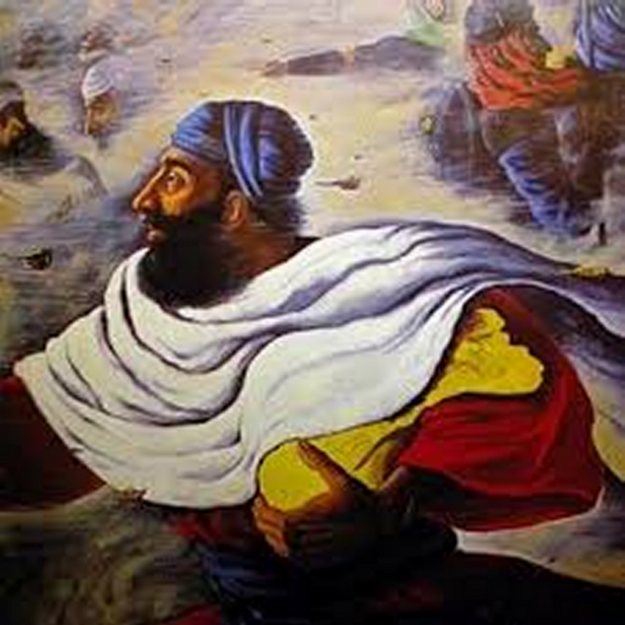
(KP)
Section Four
Chapter X
Living in Consonance with Guru’s Tenets
Article XVI
A Sikh’s living, earning livelihood, thinking and conduct should accord with the Guru’s tenets. The Guru’s tenets are:
Continued from last week.
(j) A Sikh must not take hemp (cannabis), opium, liquor, tobacco, in short any intoxicant. His only routine intake should be food.
Intoxicants in general
Amlu glolw kUV kw idqw dyvxhwir ] mqI mrxu ivswirAw KusI kIqI idn cwir ] scu imilAw iqn soPIAw rwKx kau drvwru ]1]
“The Great Giver has given the intoxicating drug of attachment. (Eating this drug of attachment) the people are intoxicated; they have forgotten death, and they have fun for a few days. Those who do not use intoxicants are true; they dwell in the Court of the Lord. ||1||” (Ang 15, SGGS)
Hemp (Canabis)
Unfortunately in recent years many people who don’t follow the Khalsa rehat (way of life) strictly and don't have good moral characters have brought shame to the ‘Nihangs' by assuming the Nihang form or infiltrating the Nihang Singhs.A number of Nihang Singhs observe some rituals and practices, which are contrary to Gurmat, for example consuming ‘bhang’ (hemp/cannabis), has crept into their customs dating from the period when Mahants (Hindus) managed and maintained our Gurdwaras in 18th – early 20th century. However, those who follow these anti-gurmat practices claim that they are ‘old traditions’ from the Guru’s time, despite the fact that Gurbani gives us enlightenment on whether these practices and observances are Gurmat (according to the guru’s teachings) or Manmat (self-willed).
‘Bhang’ or ‘Sukhnidhaan’, which is marijuana (cannabis) used by a large number of Nihangs nowadays is justified through various means of quoting tales and stories and claiming to be ‘old traditions'. However, our Guru is eternal and with us forever. Why do we need to refer to stories and justifying traditions by claiming they are ‘old tradition’s passed down when we have Guru Granth Sahib Ji with us to tell us what is in accordance to Gurmat. Gurbani clearly condemns the consumption of marijuana.Furthermore, medical studies carried out have proven that consumption of marijuana and cannabis on regular basis leads to schizophrenia and mental problems such as memory loss.
Amlu glolw kUV kw idqw dyvxhwir ] mqI mrxu ivswirAw KusI kIqI idn cwir ] scu imilAw iqn soPIAw rwKx kau drvwru ]1]
“The Great Giver has given the intoxicating drug of falsehood. The people are intoxicated; they have forgotten death, and they have fun for a few days. Those who do not use intoxicants are true; they dwell in the Court of Vaheguru. ||1||” (Ang 15, SGGS)
'Janamsakhi Bhai Bala' states that Babur heard Guru Nanak Dev Ji sing the shabad:
Kurwswn Ksmwnw kIAw ihMdusqwnu frwieAw ]
“Having attacked Khuraasaan, Baabar terrified Hindustan…” (Ang 360, SGGS)
Hearing this shabad, Babar called Guru Ji and asked him to sing it again. Guru Ji sang it again. Babur said, "Friends, he is a nice 'Faqeer' (Holy man)." Then, he offered 'Bhang' to Guru Ji and said, "O Saint, eat the 'Bhang'."
However, Guru Ji replied, "Meer Ji, I have eaten the Bhang, whose stimulation never ends".Babur asked, "Which is the Bhang, whose stimulation never ends?"
Guru Ji asked Baba Mardaana Ji to play on 'Rabaab'. Guru Ji recited this shabad: -
iqlµg mhlw 1 Gru 2 < siqgur pRswid ] Bau qyrw BWg KlVI myrw cIqu ] mY dyvwnw BieAw AqIqu ] kr kwsw drsn kI BUK ] mY dir mwgau nIqw nIq ]1] qau drsn kI krau smwie ] mY dir mwgqu BIiKAw pwie ]1] rhwau ] kysir kusm imrgmY hrxw srb srIrI cV@xw ] cMdn Bgqw joiq ienyhI srby prmlu krxw ]2]
iGA pt BWfw khY n koie ] AYsw Bgqu vrn mih hoie ] qyrY nwim invy rhy ilv lwie ] nwnk iqn dir BIiKAw pwie ]3]1]2]
“Tilang, First Mehl, Second House: One Universal Creator God. By The Grace Of The True Guru: The Fear of You, O Lord Waheguru, is my marijuana (cannabis); my consciousness is the pouch, which holds it. I have become an intoxicated hermit. My hands are my begging bowl; I am so hungry for the blessed vision of Your Darshan. I beg at Your Door, day after day. ||1|| I long for the blessed vision of Your Darshan. I am a beggar at Your Door, please bless me with Your charity. ||1||Pause|| Saffron, flowers, musk oil and gold embellish the bodies of all. The Lord's devotees are like sandalwood, which imparts its fragrance to everyone. ||2|| No one says that ghee or silk are polluted. Such is the Lord's devotee, no matter what his social status is. Those who bow in reverence to the Naam, the Name of Waheguru, remain absorbed in Your Love. Nanak begs for charity at their door. ||3||1||2||” (Ang 721, SGGS)
Guru Ji clearly says that ‘Bau qyrw BWg’ (Bhau Tera Bhaang), meaning 'The Fear of You, Waheguru, is my marijuana (cannabis)'. Thus, Waheguru's Fear is the true 'Bhang' for a Sikh. Reading this holy shabad, how can anyone say that Guru Ji accepted ‘Bhang' and that he has not condemned it? If Guru Ji was pleased when Babur offered 'Bhang' to him, why did Guru Sahib not drink it? 'Janamsakhi Bhai Bala' does not state that Guru Ji drank 'Bhang', contrary to what some people claim in pursuit of defending their manmat practices.
Tobacco
sux guris`K kI rihq ko qjy qmwkU sMg ]
mrxI mrY qO Aiq Blw jgq jUT nih AMg ]
“Listen to the discipline of the Gursikh whom relinquishes the accompaniment of tobacco, avoiding bodily contact with tobacco as he/she knows that he/she is better off dead than having touch tobacco.” (Rehatnaama Bhai Nand Lal Singh Ji)
pwn supwrI KwqIAw muiK bIVIAw lweIAw ] hir hir kdy n cyiqE jim pkiV clweIAw ]13]
“Those who eat ‘paan’ (betel leaves which contain nicotine) and betel nuts and their mouths touch cigarettes, but do not contemplate the Lord, Har, Har, the Messenger of Death will sieze them and take them away (and made to enter the cycle of reincarnation). ||13||” (Ang 726, SGGS)
It is only recently that western scientists and doctors have discovered that the risk of passive smoking is more dangerous than smoking itself. To protect oneself from the risks of diseases, the ghastly smell of tobacco sticking to one’s clothes and breathing in the pollution emanationg from burning tobacco, a Sikh should avoid being in a place where people are smoking and avoid standing next to people consuming tobacco.
Liquor (Sharaab)
hir mMdru eyhu srIru hY igAwin rqin prgtu hoie ] mnmuK mUlu n jwxnI mwxis hir mMdru n hoie ]2]
"This body is the Temple of the Lord, in which the jewel of spiritual wisdom is revealed. The self-willed manmukhs do not know anything at all; they do not believe that the Lord's Temple is within. ||2||" (Ang 1346, SGGS)
By drinking sharaab (alcohol) the intellect is destroyed. Waheguru is forsaken and the gem of the human life is wasted. Alcohol is a depressant that slows brain activity down. While one or two drinks makes most people feel relaxed, more alcohol may cause feelings of anxiety, depression, and often aggression. Sometimes people say “I will only have one glass” but in the mood of joy or sometimes when a person is feeling so low, that the one glass becomes two, then three and eventually the whole bottle of alcohol. Therefore, why become part of this slippery slope pattern?
Alcohol’s first effect as it reaches the outer brain is to distort your judgement and lower you inhibition, while producing euphoria (a sense of pleasure). As you consume more alcohol, and it reaches the cerebellum, your coordination and perception are affected, and you can have memory blackouts. As the alcohol reaches your mid-brain, reflexes diminish; you experience confusion, stupor, and may lapse into a coma. Once the alcohol finally reaches the medulla, or inner core of the brain, your heart rate drops and breathing ceases, resulting in death. Research suggests that continued alcohol use can cause depression. Alcohol robs brain cells of water and glucose, the brain’s food, contributing to a hangover the next day. Furthermore alcohol depresses the body’s immune system making it easier to get sick. It also disrupts your sleep patterns, further depressing the immune system. Other complications include osteoporosis, obesity, or liver damage. Alcohol has been linked to an increased risk of breast cancer, high blood pressure, diabetes, kidney disease, dementia, heart disease, constipation, and stroke.
The Third Nanak, Dhan Guru Amar Daas Ji, made drinking liquor (alcohol) a Kurehat, a prohibition, for the Sikhs.
slok mÚ 3 ] mwxsu BirAw AwixAw mwxsu BirAw Awie ] ijqu pIqY miq dUir hoie brlu pvY ivic Awie ] Awpxw prwieAw n pCwxeI Ksmhu Dky Kwie ] ijqu pIqY Ksmu ivsrY drgh imlY sjwie ] JUTw mdu mUil n pIceI jy kw pwir vswie ]
nwnk ndrI scu mdu pweIAY siqguru imlY ijsu Awie ] sdw swihb kY rMig rhY mhlI pwvY Qwau ]1]
“Salok, Third Mehl: One person brings a full bottle, and another fills his cup. Drinking which, his intelligence departs, and madness enters his mind; he cannot distinguish between his own and others, and he is pushed away by his Lord and Master; One should strictly avoid this evil alcohol by drinking of which one forgets Waheguru and is punished in His Court. Do not drink the false wine at all, to where it is in your power.
O Nanak, with Waheguru’s 'Kirpaa' (grace) a person obtains ‘Naam’ roop nasha, the True intoxication of Waheguru’s Name. That person dwells forever in the Love of the Lord Master, Waheguru, and obtains a seat (meaning, honour) in the Mansion of His Presence. ||1||” (Ang 554, SGGS)
Furthermore, Gurbani tells us:
sursrI sll ik®q bwrunI ry sMq jn krq nhI pwnµ ] surw ApivqR nq Avr jl ry sursrI imlq nih hoie Awnµ ]1]
“Gurmukhs, good persons, do not consume alcohol even if it is prepared by using Gangaajal (sacred water of the Ganges). This wine, and any other polluted water which mixes with the Ganges, is not separate from it (similarly a person from a lowly background who joins the pure Lord Waheguru does not remain separate from Him). ||1||” (Ang 1293, SGGS)
Yogis, men who practiced Yoga as a religious path to meet Waheguru used to drink sharaab or alcohol, to focus their minds when sitting cross legged trying to meditate. Yet to the contrary alcohol dissipates concentration. Guru Nanak Sahib Ji condemns the consumption of liquor and alcohol:
pUrw swcu ipAwlw shjy iqsih pIAwey jw kau ndir kry ] AMimRq kw vwpwrI hovY ikAw mid CUCY Bwau Dry ]2]
“(O Yogi!) The Perfect Lord naturally gives the cup of Truth, to the one upon whom Waheguru casts His Glance of Grace. One who trades in this Amrit, the nectar, which gives eternal spiritual life, how could he ever love the sharaab, alcohol, of the world? ||2||”(Ang 360, SGGS)
Drinking alcohol even in small quantities to enjoy its effect is against Gurmat. Alcohol and liquor are forbidden because of their ill effects on the mind and body and foremost it is a powerfully addictive drug. BBC Health documented that a recent medical study has proven to show that drinking alcohol during pregnancy can cause physical and mental birth defects. There is even a name for it, fetal alcohol syndrome. Each year, more than 40,000 babies are born with some degree of alcohol related damage. Although many women are aware that heavy drinking during pregnancy can cause birth defects, many do not realize that moderate,or even light drinking may harm the foetus.
Alcohol, especially in excess, is responsible for altering brain activity and affecting concentration and reflexes. As a result, individuals under the influence of alcohol are more susceptible to accidents especially while driving. Other side affects include insomnia (the inability to fall asleep and stay asleep), heartburn and high blood pressure. Excessive use or abuse of alcohol can contribute to increased levels of triglycerides in the blood that can then lead to heart disease.
We should feel blessed that our Guru was a Perfect Guru who was All-Knowing. In the last few decades the Western world has discovered the ill effects of alcohol on our mind, body and even on society. As a result restrictions were gradually brought on drinking and driving, campaigns launched to educate the public on the effects of alcohol abuse on youngsters, and the damage alcohol does to mothers and society in the whole. Furthermore however, our Guru told us this over 500 years ago.
To be continued.
Gurmukh Singh can be reached at gurmukh.singh@panthic.org


